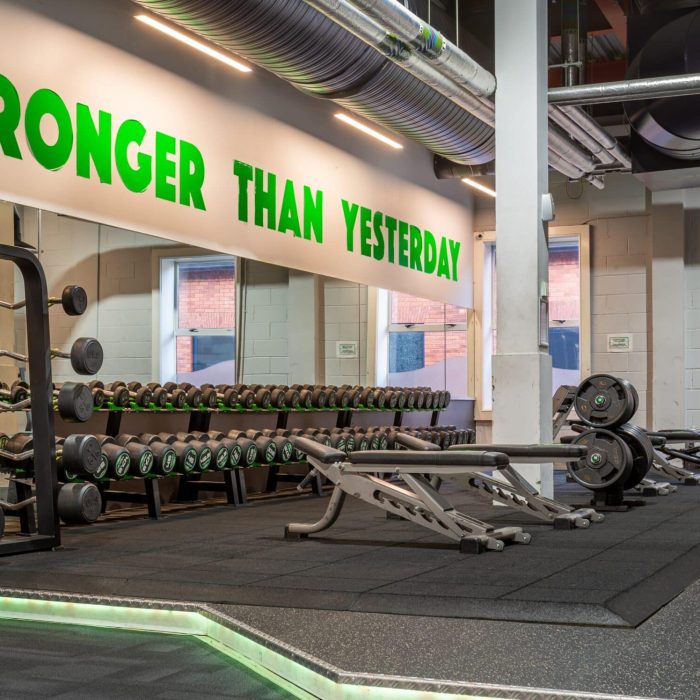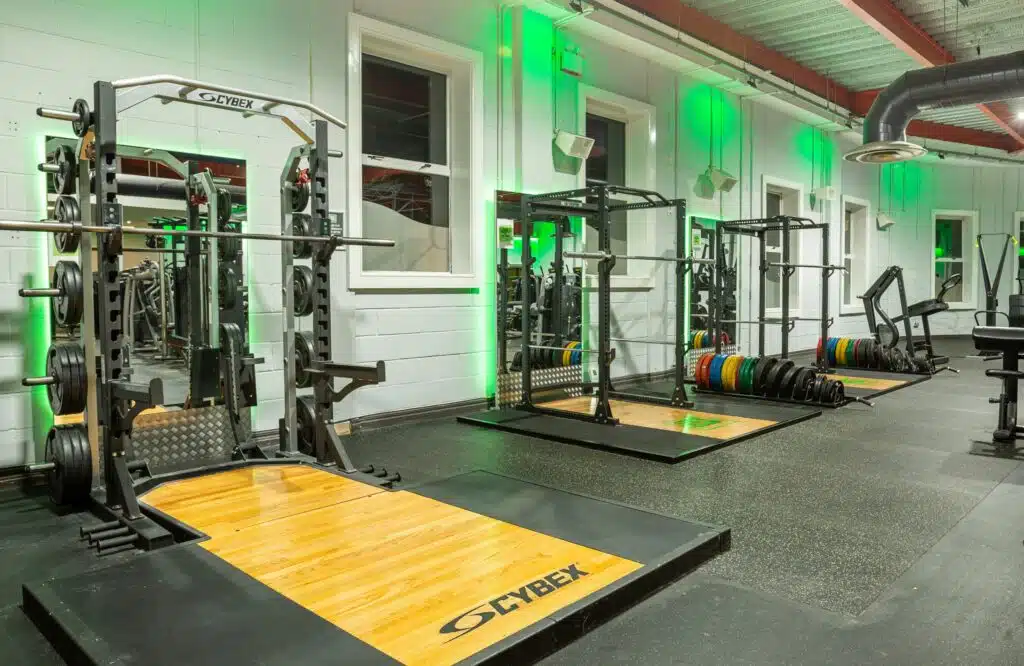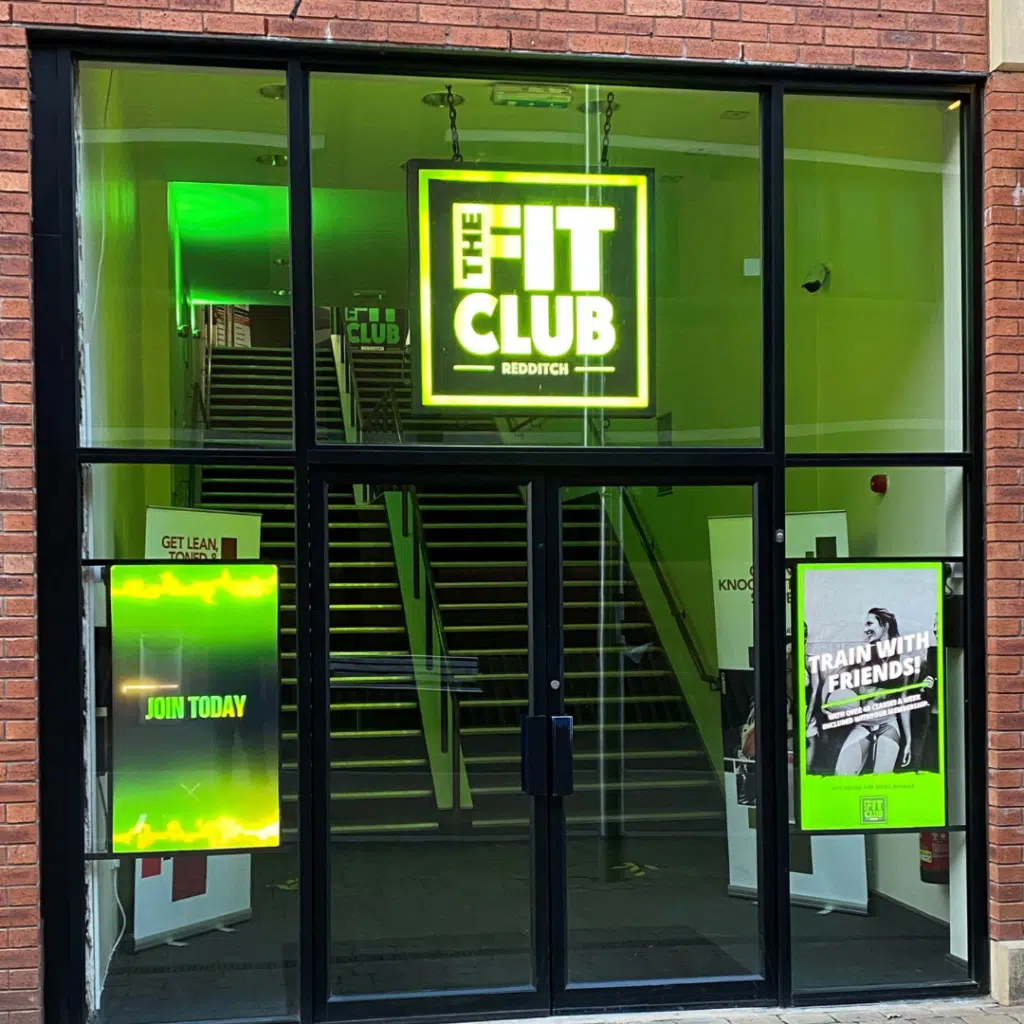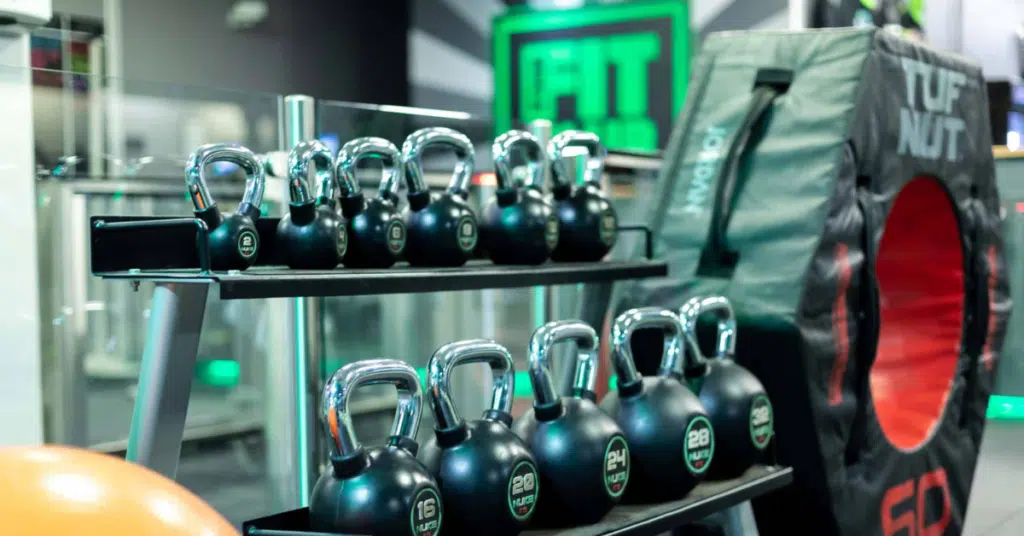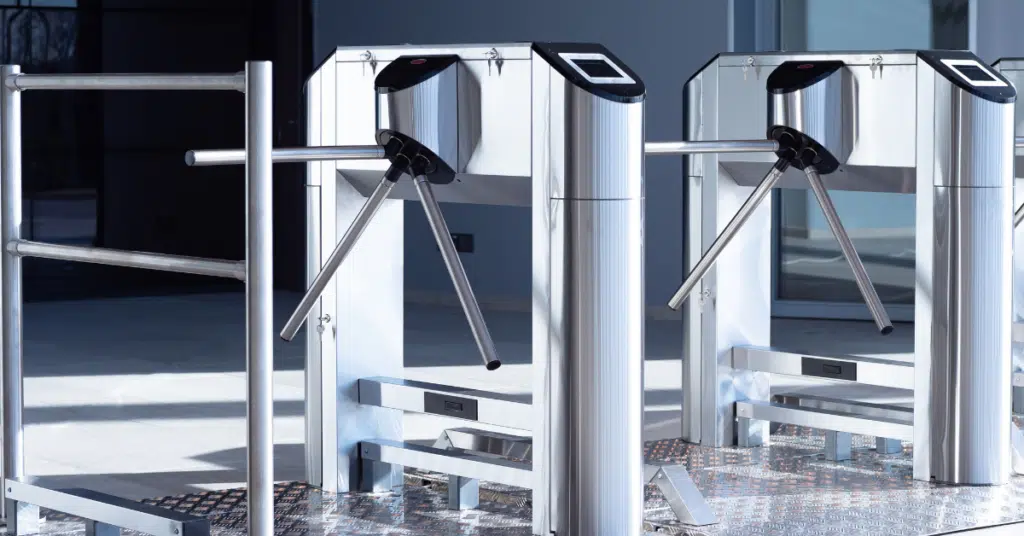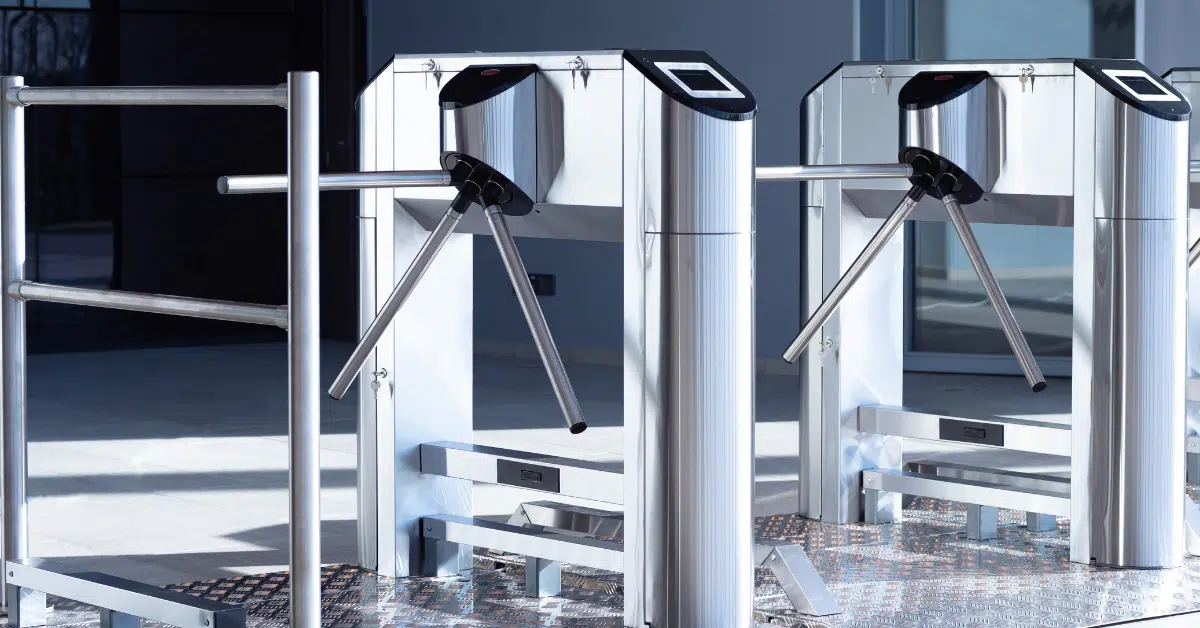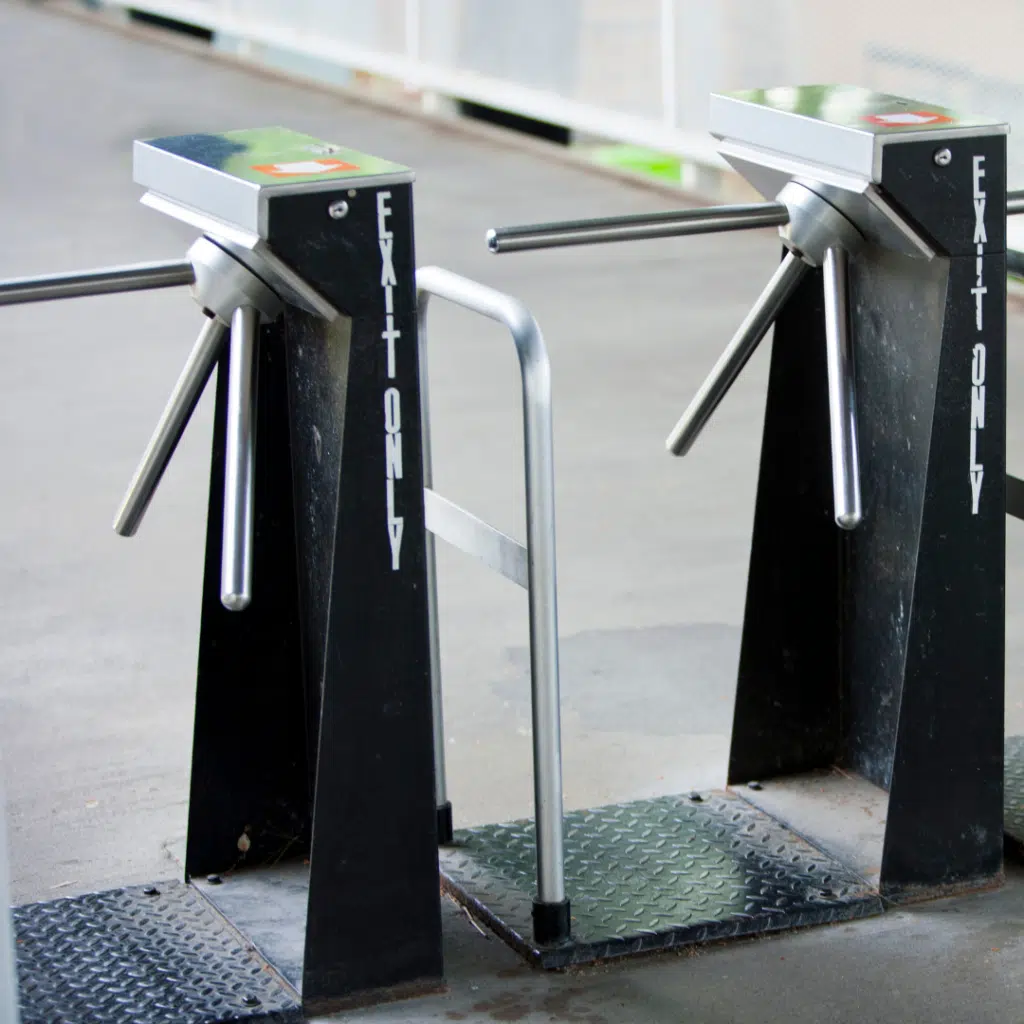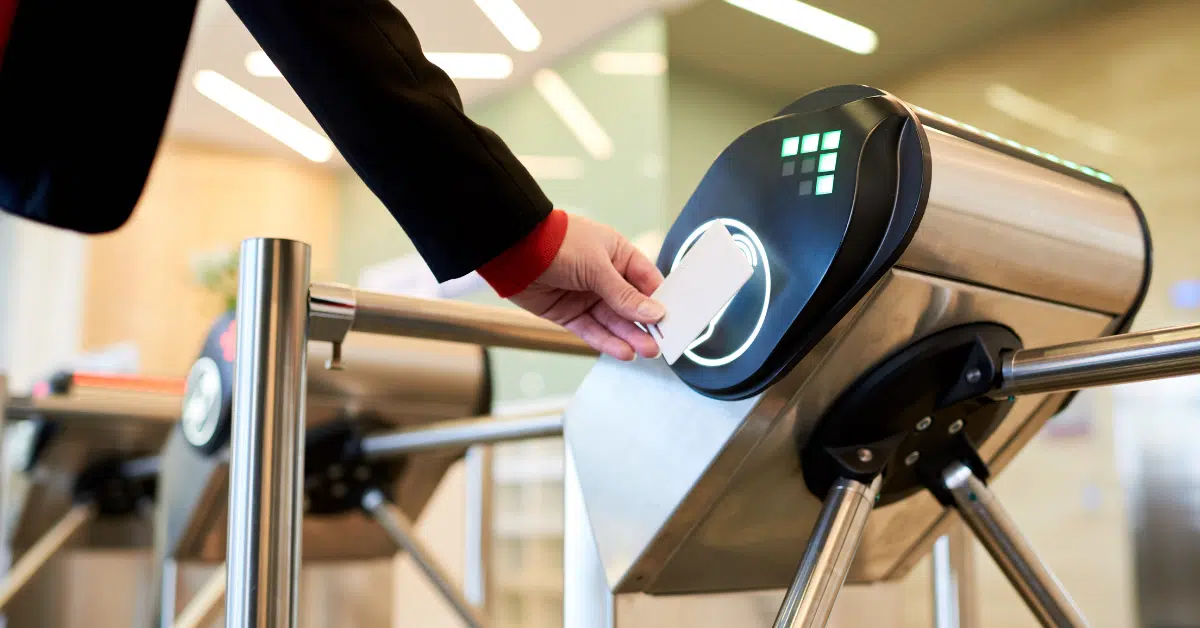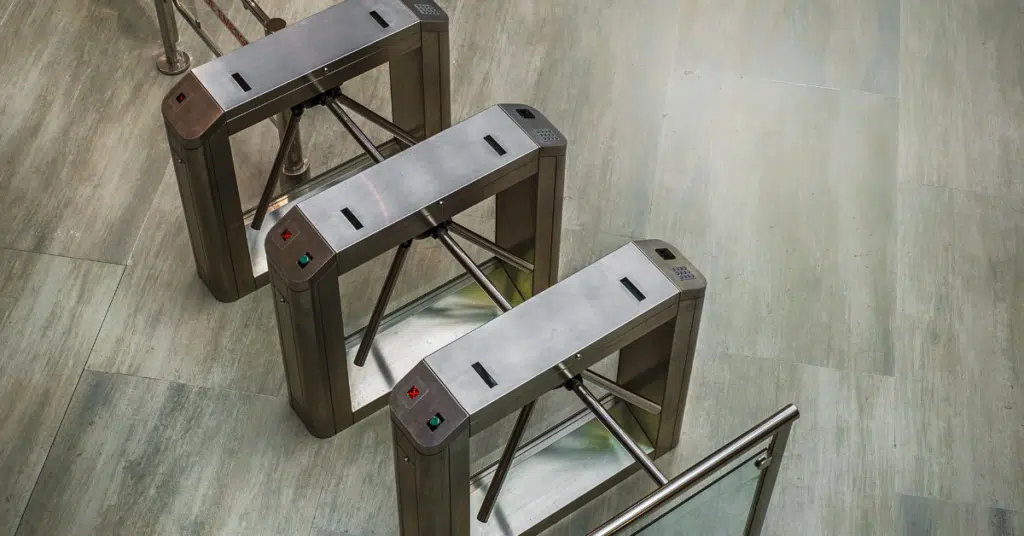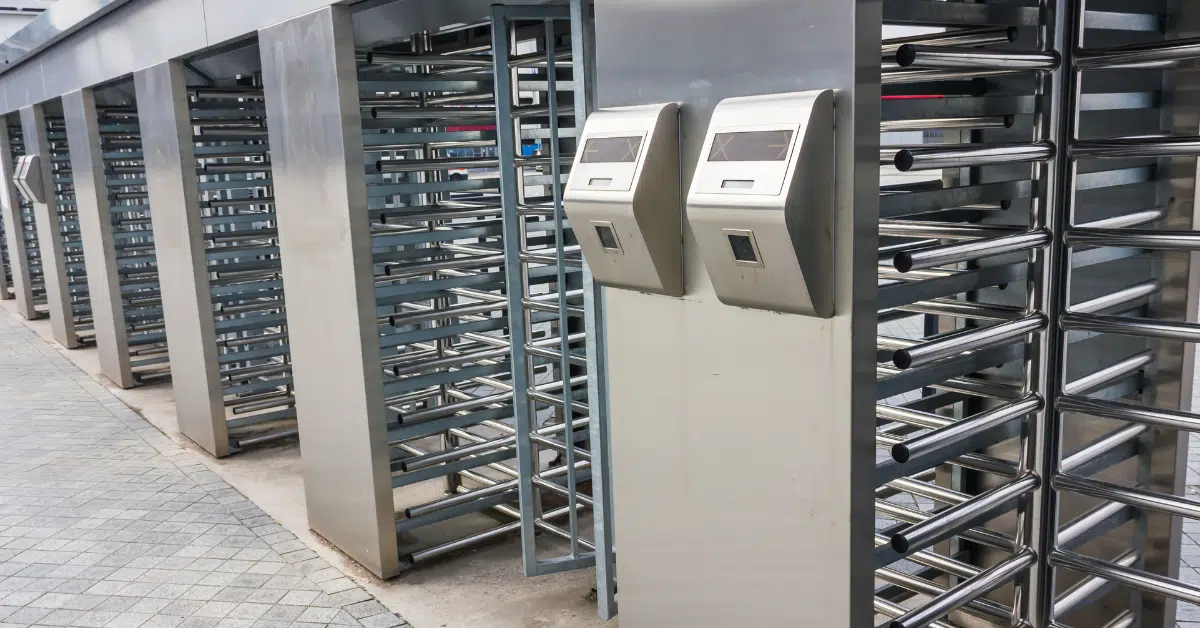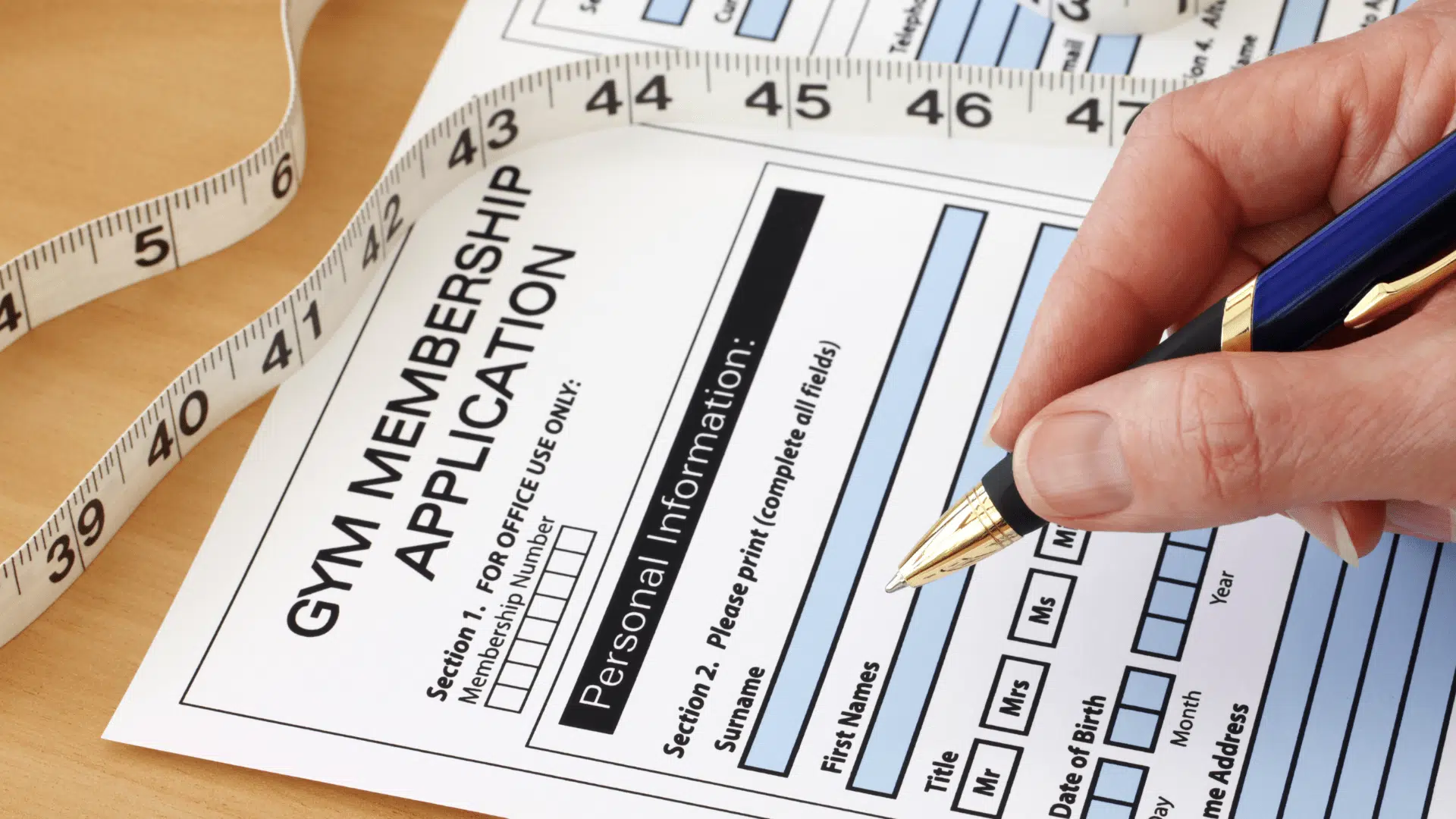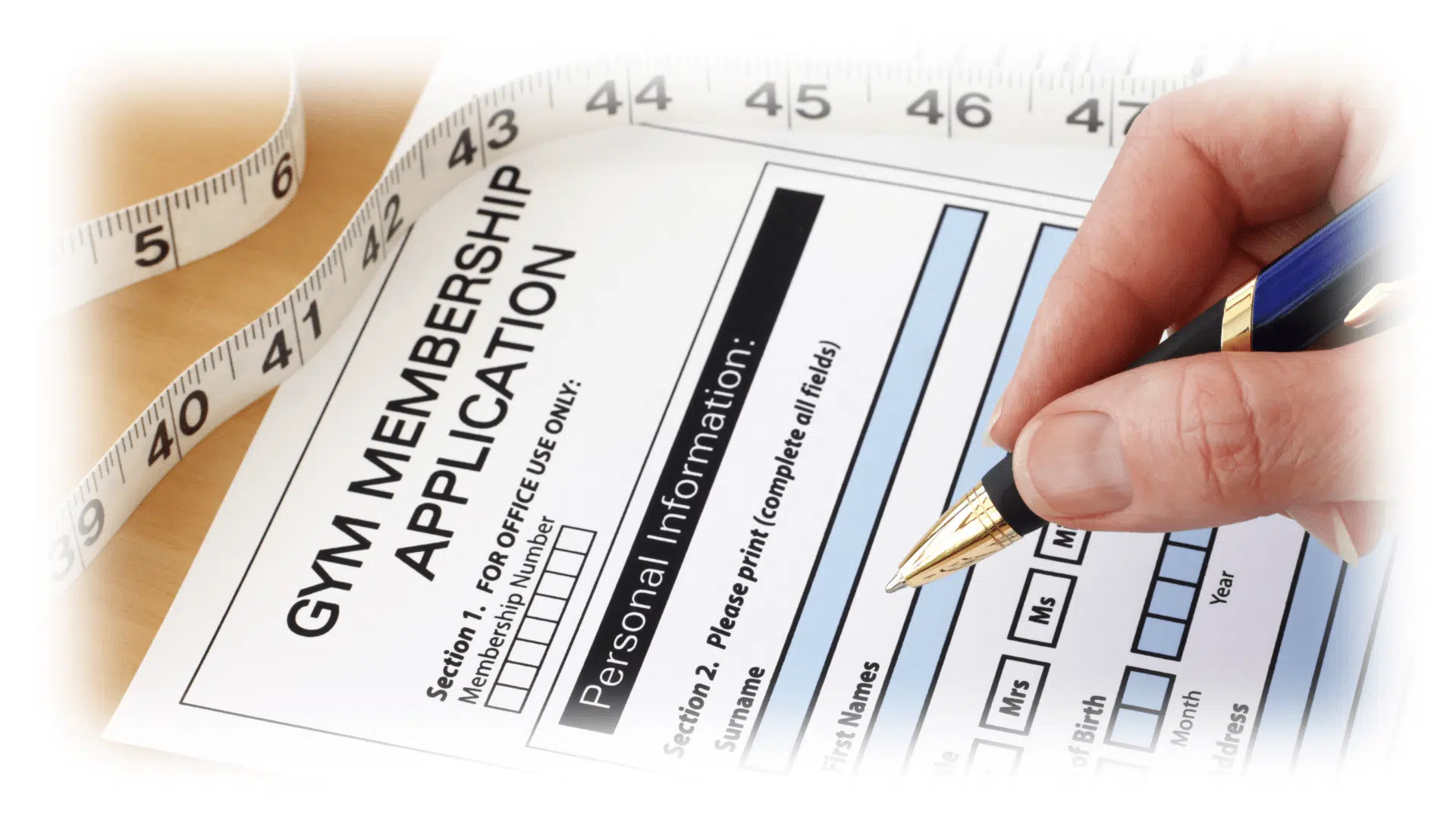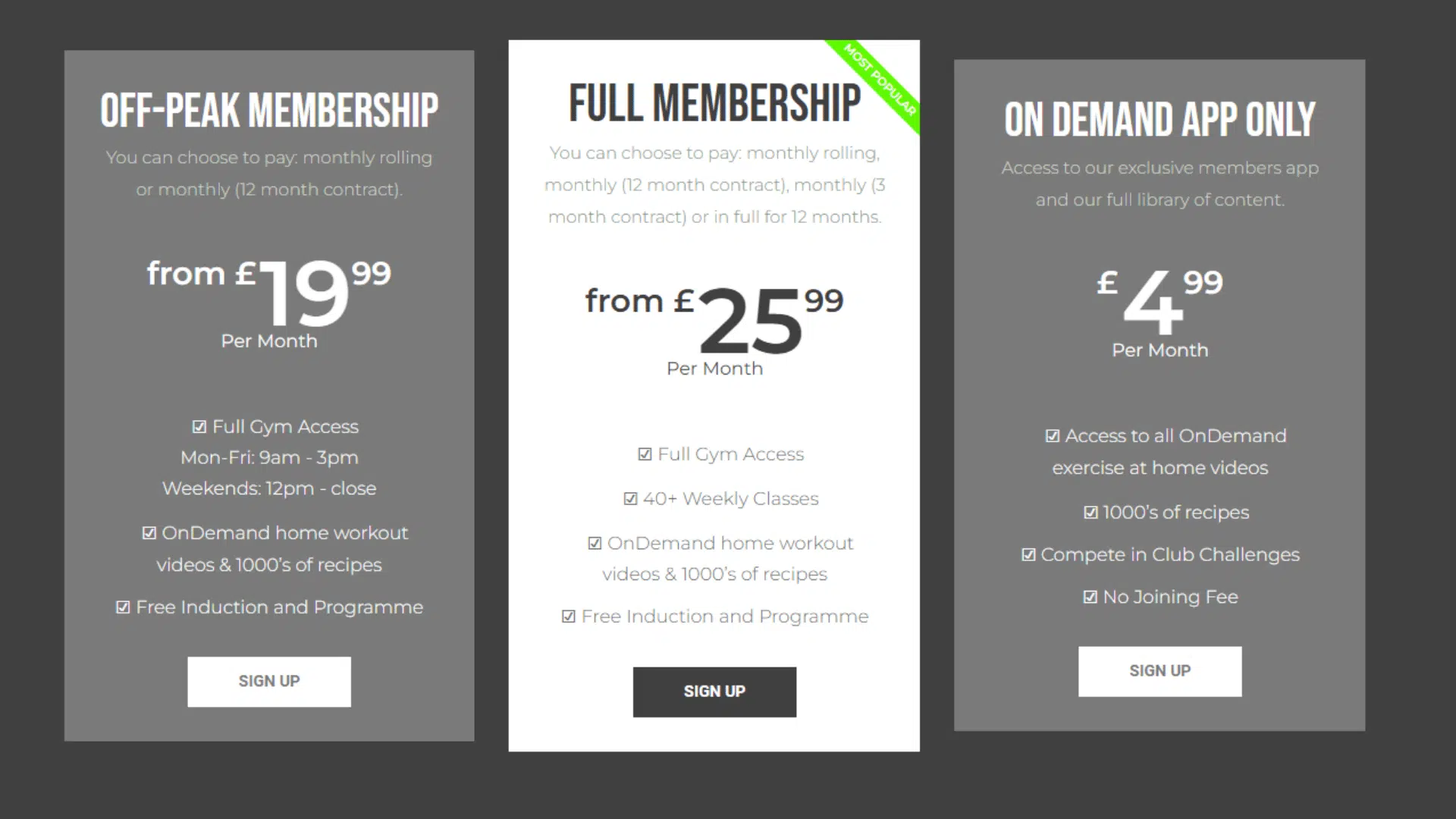
Mastering the Seasons: How Independent Gyms Can Use Gym Membership Management Software To Combat Seasonal Member Fluctuation
Whether it is the dubious strive to get ‘beach-body ready’ that heralds the end of Spring and the beginning of Summer or the influx of membership at New Year as people try to mitigate the effects of Christmas and Winter, the fitness industry is very familiar with the highly seasonal nature of gym membership and fitness motivation.
And while the seasons and how people react to them are nothing new, the tools we have to monitor these trends are growing ever-more sophisticated and accessible for independent gym owners. So today we will be looking at both seasonal trends within the fitness industry and how powerful tools such as gym membership management software and their data outputs can be used to grapple with and mitigate these influxes.
Summer might always follow Spring, but if data can show independent gym and fitness club owners and management just ‘how’ and ‘why’ it affects their members they will be in a much better position for the next year.
And ultimately that is what we are trying to address today. How to quantify a seasonal problem for the fitness industry and independent gyms into a yearly opportunity.
The seasons and their respective trends may feel inevitable and insurmountable to some but it is their reliability that can be capitalised upon by prudent and forward-thinking independent gym and fitness club owners.
So today our focus will be on how gym owners can take steps to ‘master’ the seasonal influx and make the most out of the ebbs and flows, as well as the seasonal surge.
What will we cover in this article?
(you can also click to skip ahead!)
Learn the strategies for Tackling Gym Seasonality
What is Seasonality in the context of independent Gyms and why does it exist?
Methods and Techniques that independent gyms and fitness clubs can use to compensate and utilise Gym Member Seasonality
What independent gym and fitness club owners should be careful of regarding seasonality
Strategies For Tackling Gym Seasonality
The ‘seasonality’ of gyms can be a double-edged sword. Looked at through the wrong lens, it can be a yearly open-wound. We have heard endless stories of frustration as the influx of members from January and February drop off, followed by another as Summer shifts to Autumn.
But there are, of course, two sides to this. Many industries would kill for a period where there was a mass-influx of customers. And this is how independent gym and fitness club owners must conceptualise these ‘influx’ periods, not as a demoralising inconvenience, but an opportunity to be harnessed.
We are not saying that it is possible to hold back the tides, of course. Attrition will always occur, but it is about mitigating that attrition and making the most out of the yearly influx of members. Our goal here is to use tried and tested methods and data to mitigate the worst of the attrition and retain as much of the seasonal influx as possible.
Of course not every independent gym will have a significant seasonal influx for every season, and some independent gyms may have seasonal peaks that are based on factors unique to the area. A common example of this is that an independent gym will be based in an area with a significant student population, meaning that the period between September and May will see the population significantly expand and the demographics will change.
As such, while our examples will focus on the ‘general’ patterns governed by the changing of the calendar seasons, there are many bespoke examples of seasonal influxes and fluctuations that independent gym and fitness club owners can apply these methods towards.
This guide provides 5 proven strategies to help weather the storm and improve gym retention and profitability.

What Is Seasonality in the context of independent gyms and why does it exist?
The seasonal influx of gym members around the end of winter/beginning of Spring and then Summertime is a cyclical phenomena that occurs due to how the seasons change the priorities of a portion of the population.
The shift between ‘Winter’ and ‘Spring’, most visible in the public eye with the ‘New Year’s Resolution Rush’ normally focuses on mitigating and combating the weight-gain, fatigue and low-spirits of the winter months.
With the rise of obesity statistics and consumerist Christmas trends, the New Year Resolution Rush has become an increasingly reliable phenomena for many independent gyms and fitness clubs.
However, these members generally have a fairly short average membership lifetime, with either low morale or easily achieved goals, these members often peel off as quickly as they arrived with many independent gyms finding that the majority are no longer attending by March or even February!
Meanwhile the Summer trend is a little broader and harder to pinpoint, given that it can not only take effect in preparation for Summer, but also that this ‘holiday’ period covers over three months, from around June to early September.
As such, the ‘Summer seasonality’ represents a significant portion of the year for independent gyms and fitness clubs.
The rationale behind the Summer rush is unsurprising. It usually revolves around losing any excess weight gathered over the Winter and held during the Spring, as well as getting back into shape in time for a beach holiday. If there was any doubt as to the power of this pull, survey respondents have frequently said they are more likely to workout for a holiday than their own wedding!
As such, this predictable and undeniable cycle presents a challenge for independent gyms to overcome and a great potential for opportunity.
Methods and Techniques that independent gyms and fitness clubs can use to compensate and utilise Gym Member Seasonality
Gym seasonality may seem challenging, but it doesn’t have to be a sisyphean struggle, to be repeated year on year for no gain! You can use several strategies to hedge against the ebbs and flows of customer behaviour and keep your gym business thriving all year round.
1. Create a unique culture and an atmosphere within the gym that members will want to stay a part of:
The unfortunate truth is that if a gym member decides that they do not wish to be a member of that gym anymore, the value proposition that was keeping them there has slipped.
As such, it is important that all independent gym and fitness club owners look into how they can create a unique and compelling fitness facility culture that new members will feel loath to leave.
If a gym feels ordinary or even disposable, there will be little to stop these seasonal members from walking out the door. They will be confident that they can find something similar next Summer or New Year, and that their fitness will not suffer greatly for the absence of the membership.
It is this apathy that we are trying to combat by creating a culture of excellence in the run-up to the two usual influx periods. Get important repairs and training done in the quieter months such as December. For independent gym’s near academic institutions, sorting these issues out in August are ideal.
Increasing members aren’t just turning towards independent gym’s for their fitness needs, they want a unique experience and a service that will enhance their life in meaningful ways.
By offering a compelling working space that offers a tangible sense of community and an aura of excellence, an independent gym is taking a massive step towards not just being a ‘seasonal fad’ for some members.
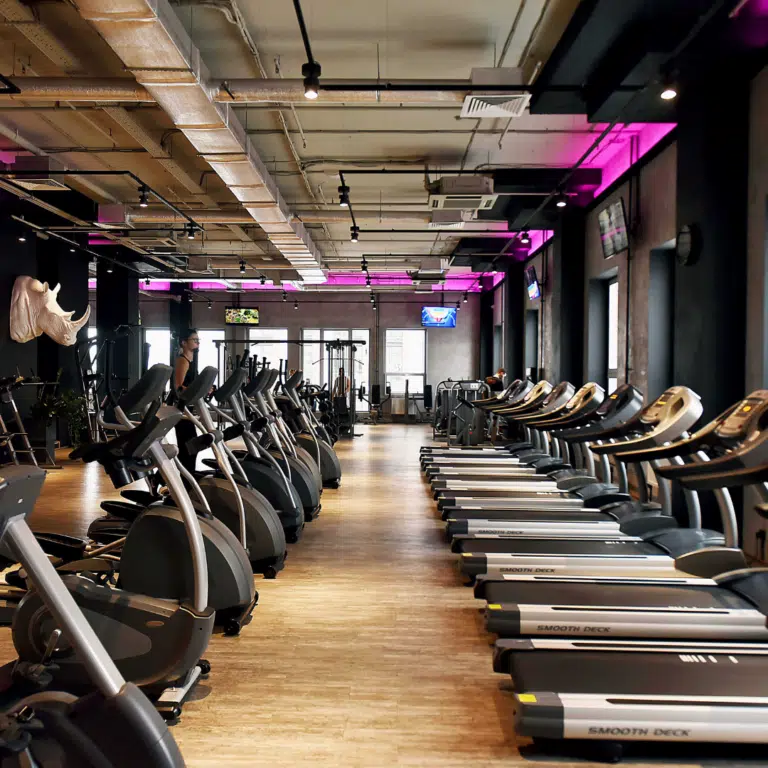
2. Discounts on Classes, Personal Trainers, Event Days:
On the other side of the coin, another way to get people to stick around is to incentivise them! If a member just comes to a gym every other day during January and February, interacts with very few people and the independent gym or fitness club essentially ‘leaves them alone’. It will be very, very easy for that person to disconnect with the gym and get rid of their membership come March.
Apathy begets apathy. Otherwise known as, you get what you put in!
Which is why we recommend that during these influx months that independent gyms and fitness clubs start laying it on thick with the classes and incentives.
Whether it is discounts on membership packages, class bundle discounts, introductory offers on personal trainers or special event-invites. Each piece of engagement might help the influx members forge bonds, whether it is with staff or other members, that will make them that much more likely to retain their gym membership thereafter.


3. Soft-focus on seasonality in marketing during the fluctuation period:
When we say ‘soft-focus’, we just mean to be subtle. Talk about issues that affect members during these influx periods without directly saying ‘Don’t give up!’. It is a hard balancing act, but one that will be noted.
Not only should this focus be about attracting new members during the influx periods, it should be able to offer positive messaging to try and help retain those members that do signup.
Create content that will resonate with the challenges that these members are facing at the time. If it is New Year, marketing should focus not only on the desire for self-improvement, but plans for the year or half year. In turn, if it is Summer, it is important to not only push the notion of self-improvement but about sustainable exercise all year around.
4. Increase focus on Secondary Spending during the influx months:
Stocking key products in the run-up to an influx period could be the difference between retaining members and not. Not only do common secondary spend items at independent gyms constitute a vital support network for members, they also represent an opportunity to link quality products with an independent gym or fitness club.
If members start to incorporate these products into their daily routine, the connection with the independent gym becomes stronger. We find that many gyms just try and batten down the hatches and ride out this period with their usual stock levels. Not only do shortages not leave a good impression, they also deny potentially greater integration between gym and members.
5. Work out what works! Data, Feedback and Customer Retention for independent gyms during the fluctuation months:
Finally, and most importantly, it is about keeping track of what works, what doesn’t and how great an impact these measures are having on the seasonal retention rate of an independent gym or fitness club.
As we mentioned in the introduction, this will require detailed and powerful membership details not always available with every suite of gym membership management software currently available on the market.
But for those that do, the potential to understand and eventually master the process of seasonal gym member retention is significant. With the right gym membership management software, independent gyms will be able to keep track of which of their initiatives are working, even being able to break down the trends across the month or even the week the member joined.
When supported by surveys, this data can become truly transformative, allowing independent gyms to cross-reference the trend of member history with their opinions on retention.
And given that the seasonal cycle will repeat itself, there won’t be long before they can put into practice their feedback for the next year. This can help create a cycle of positive momentum, powered by the seasons themselves, allowing independent gym’s to increase their members (and therefore profit) while minimising attrition.
Not only that, but with the right gym membership management software, these influxes can even be charted and tracked when it comes to potential earnings, members and capacity. This can be invaluable for future planning, allowing the seasonal tide to act as a powerful engine for profit generation and growth within an independent gym.
The pitfalls, negatives and potential costs of gym member seasonality: What independent gym and fitness club owners should be careful of regarding seasonality
Now that we’ve covered the positives, we will spend the latter part of this article looking at some of the pitfalls that can open up for new independent gym and fitness club owners if gym membership seasonality isn’t appropriately accounted for using the techniques we have looked into above.
While we have focused on the positives of maintaining momentum and either keeping stable or steadily increasing the flow of members. The opposite is also true. A significant number of members leaving, even as part of a seasonal cycle, can be damaging to morale and of course, damaging to profits.
Operational Costs Instability
Without proper eyes on membership numbers, there is the potential for a vast amount of inefficiency and waste to occur on the front of operational costs.
Without suitably robust gym membership management software to understand the ebbs and flows of members, gyms risk taking on too many staff, marketing incorrectly and a host of other pitfalls that can arise from not having sufficient eyes on the details of their operation.
This is where the importance of a reliable gym membership management software package shines through. Even if it takes a few cycles for the retention initiatives to work, the reassurance that knowing how the cycle will most likely play out every year is invaluable to any serious independent gym or fitness club owner!
Unreliable members, unreliable revenue:
Without the ability to chart, track and rely on a stable membership, the dips can become costly. It is a well-known fact in the fitness industry that a relatively small increase in retention can vastly increase profitability.
As such, independent gym owners who ignore the issue of seasonal dropoff do so at their own peril.
Lost Potential
Independent gym and fitness club owners that don’t take the opportunity to learn from their seasonal cycles are, unfortunately, destined to repeat the worst aspects of them. Not only that, but without the appropriate data capture, the potential for improvement will be squandered year after year.
While this might be imperceptible, when gym owners do this they are essentially borrowing from tomorrow. The deficit will eventually become apparent, and then overwhelming. The value of data outputs powering the decision making of today can’t be overestimated, especially when both the fitness industry and independent gyms and fitness clubs rely so heavily on the seasonal cycle.

Conclusion
And thus ends our brief overview on how independent gyms and fitness clubs can harness the power of the seasonal tides, using the data and experience to create positive momentum that can endure all year around.
If you are an independent gym or fitness club manager or owner who feels that their gym isn’t making the most of their data or their yearly influxes, perhaps the problem lies in your gym membership management software and partnership?
Without quality and meaningful data outputs and the powerful BI technology necessary to interpret them, it can be an uphill battle.
But we here at Ashbourne have over twenty five years of experience in the fitness industry, helping thousands of partner gyms, fitness clubs and more take their operations and profits to the next level.
And our expertise doesn’t end at data and membership management. Our teams have helped transform the business-as-usual operations of gyms across the country in every arena, whether it is marketing, web-presence, access controls or business development.
Interested and want to know more? Then please don’t hesitate to contact our demonstration team here today! They are on stand-by, ready to learn about your gym and how Ashbourne Membership Management can help it be in a better position this time next year!














